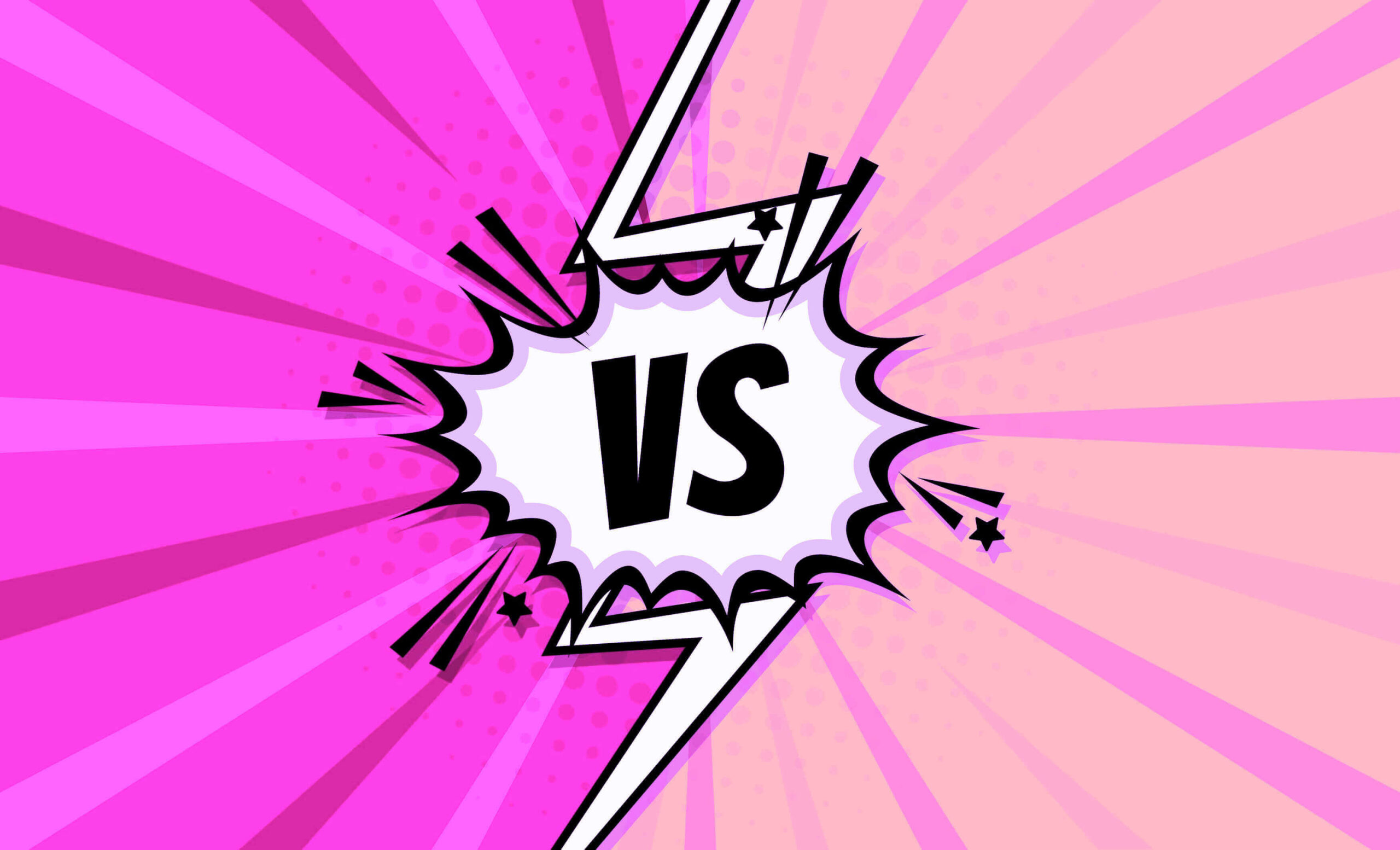We’ve seen a massive trend over the last several years of people taking their wellness into their own hands, turning to natural, plant-based solutions to their daily needs to achieve relief from their pain, stress, fatigue, and more. Two plant-based substances that have gotten particularly popular are kratom and kava, both of which have become quite easy to find online and in local stores all over the country. While they do share some similarities in common, it’s important to make the distinction between the two as they are very different in terms of their effects, risks, legality, and more.
What is Kratom (Mitragyna Speciosa)?
Kratom veins are determined by the color of the vein of the leaf:
- White veins are the mildest, being the youngest form of the plant, and are the most stimulating and focus-enhancing.
- Green veins are more balanced between calming and energizing properties. Plus, they can produce moderate pain relief.
- Red kratom veins are the most potent, and the best for pain relief, while being sedating.
Psychoactive Effects
Kratom is psychoactive, as it produces opioid-like effects. It’s not a heavily mind-altering substance, but it does produce a noticeable buzz that can numb both physical and mental pain, and provide a sense of euphoria, calm, and, potentially, sedation.
Benefits
Kratom hasn’t been widely available in this part of the world for very long, and basically, that means that its therapeutic uses haven’t been studied as extensively as we’d like them to have been. But, this is a substance that has been used for centuries, and many people in the US have been taking it daily for years. This means that we have a lot of anecdotal information to pull from to get an idea of what it can offer. Its potential benefits, which are largely dose and strain-dependent, include:
- Pain relief
- Mood-boosting properties
- Stress/anxiety relief
- Sleep enhancement
- Focus enhancement
- Energizing/stimulating properties
Side Effects
Kratom is not without its risk of side effects. Overdosing on kratom is possible, and can cause seizures, liver failure, dangerous heart effects, and death. But, so can many substances that we take, and the key, of course, is sticking to the suggested dosage to avoid taking an excessive amount. Kratom’s potential side effects include:
- Drowsiness
- Nausea
- Constipation
- Dizziness
- Motor impairment
- Changes in heartrate and breathing
Also, be aware that kratom can be habit-forming, and can cause withdrawal symptoms.
Legality
Kratom is not a federally prohibited substance, but some states have banned it, which means that sales are strictly illegal. Those states are:
- Alabama
- Arkansas
- Indiana
- Rhode Island
- Vermont
- Wisconsin
What is Kava (aka Kava Kava)?
Like kratom, kava comes from an evergreen tree, but rather than the leaves, its roots are consumed. Native to the Pacific Islands, kava contains compounds known as kavalactones interact with the nervous system – likely GABA receptors, with GABA being a neurotransmitter that provides regulation to nervous system functions.
Psychoactive Effects
Kava is intoxicating, but its intoxicating effects are very dose-dependent. Basically, kava acts as a sedative, which means that it slows down nervous system functions to put a person into a state of intense calm, both physically and mentally. Keep in mind that taking lower doses can introduce anxiolytic effects without making you feel intoxicated.
Benefits
Kava has been more heavily researched than kratom, and we do have a decent idea of its profile of possible benefits. These include:
- Anxiety relief
- Sleep-enhancing benefits
- Neuroprotective benefits
- Analgesic effects
Side Effects
Kava is relatively gentle on the body, and taking it in the suggested dosage amount shouldn’t cause any major side effects. But, taking excessive doses, or taking it for a prolonged period of time, can be potentially harmful. The main concern with taking too much kava is liver damage, and some say that it can exacerbate certain psychiatric disorders like bipolar disorder and schizophrenia. Otherwise, potential side effects include:
- Drowsiness
- Impairment
- Interference with blood clotting
- Indigestion
- Numbing of the mouth
- Headaches
- Visual disturbances
Legality
While Katom is banned in a handful of states across America, Kava is completely legal, both federally and in all 50 states, so you can easily purchase it either online or in person no matter where you live.
Kratom or Kava: Which One Makes Sense for Your Needs?
Both kratom and kava can offer relief through the use of natural, plant-based derivatives – only kava is more specifically sedating, while kratom has a richer bouquet of potential benefits. Of course, you’ll need to weigh the two options when taking into account your unique needs. If you’re looking for something specifically to address anxiety and sleep, both options can be useful, while only kratom can bring more substantial pain relief and even energizing, focus-enhancing effects.
Does this mean you should take them together? Ultimately, if you do so, you need to be careful as both substances can cause side effects, and also can be hard on the liver in high doses. But, taking them together could provide you with a synergistic effect that provides more intensive relief from stress, anxiety, and poor sleep.
Overall, we recommend trying each one on its own, to decide what works for you. At Topps Kratom, we got all your kratom needs covered!
